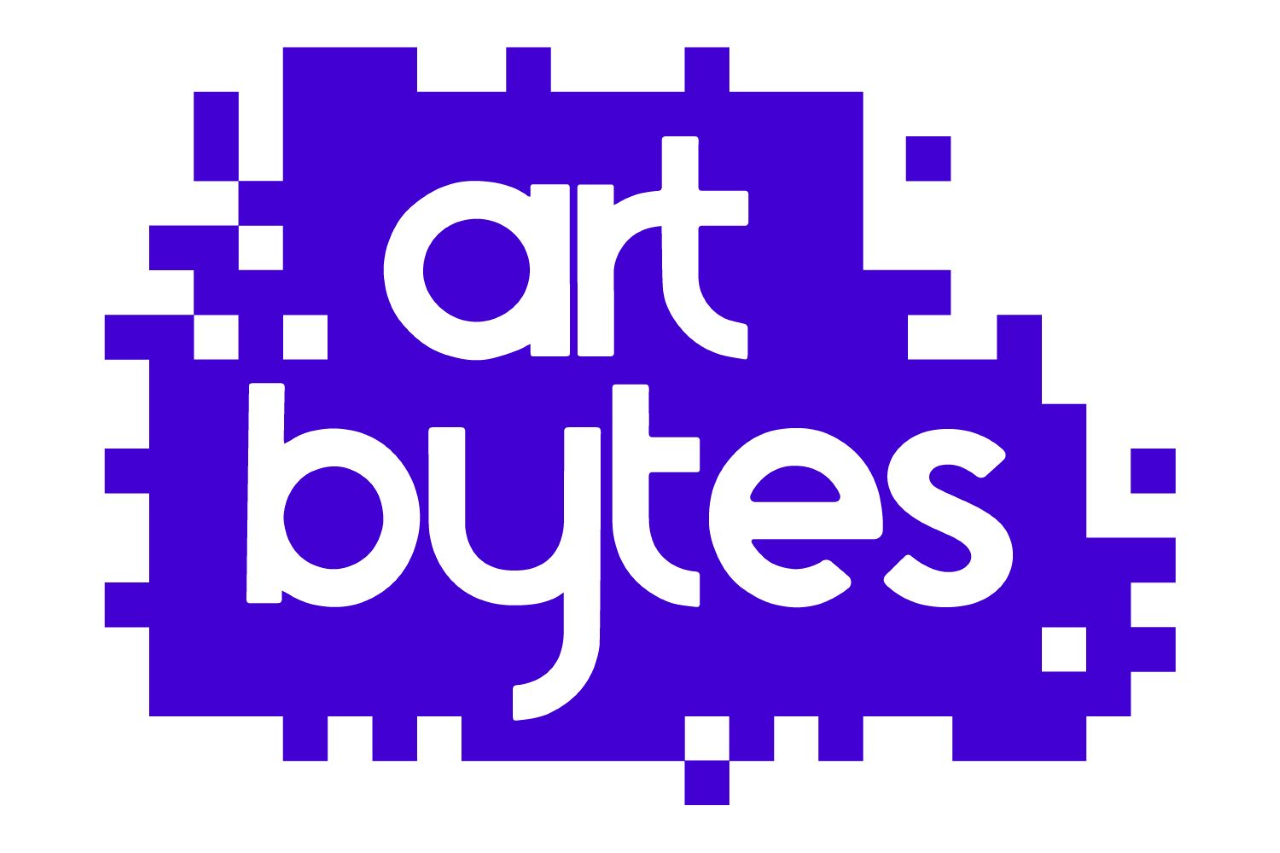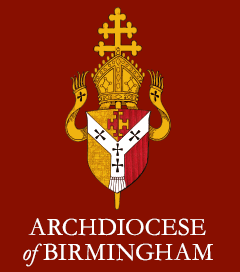Art, Design & Technology
Design and Technology
Intent
It is our intent for D&T to offer children the chance to use creative thinking and design within a defined purpose and tangible outcome. Through a variety of creative and practical activities, pupils are taught the knowledge, understanding and skills needed to engage in a process of designing and making. They work in a range of contexts through our topic based approach which allows for cross curricular links to be made.
Through the study of D&T pupils acquire a broad range of subject knowledge and draw on disciplines such as mathematics, science, engineering, computing and art. Pupils learn how to take risks, becoming resourceful, innovative, enterprising and capable citizens. Through the evaluation of past and present design and technology, they develop a critical understanding of its impact on daily life and the wider world. High-quality design and technology education makes an essential contribution to the creativity, culture, wealth and well-being of the nation.
Implementation
Through a variety of creative, thematic and practical activities, we teach the knowledge, understanding and skills needed to engage in an iterative process of designing and making. We use Projects on a Page as a resource to ensure that children design and create products that consider function and purpose and which are relevant to a range of sectors (for example, the home, school, leisure, culture, enterprise, industry and the wider environment).
When designing and making, the children are taught to:
Design:
use research and develop design criteria to inform the design of innovative, functional, appealing products that are fit for purpose, aimed at particular individuals or groups.
generate, develop, model and communicate their ideas through discussion, annotated sketches, cross-sectional diagrams, prototypes, pattern pieces and computer-aided design.
Make:
- select from and use a wider range of tools and equipment to perform practical tasks (for example, cutting, shaping, joining and finishing, as well as chopping and slicing) accurately.
- select from and use a wider range of materials, ingredients and components, including construction materials, textiles and ingredients, according to their functional properties, aesthetic qualities and, where appropriate, taste.
Evaluate:
- investigate and analyse a range of existing products.
- evaluate their ideas and products against their own design criteria and consider the views of others to improve their work.
- understand how key events and individuals in design and technology have helped shape the world.
Technical knowledge:
- apply their understanding of how to strengthen, stiffen and reinforce more complex structures.
- understand and use mechanical systems in their products.
- understand and use electrical systems in their products.
- apply their understanding of computing to program, monitor and control their products
- Understand some of the ways that food can be processed and the effect of different cooking practices (including baking and grilling).
Children are given real life and impactful learning contexts wherever possible e.g. designing sustainable environmental products for the Earthshot Prize and submitting our entries, working with RAF STEM Ambassadors in designing and making structural support and designing and building lanterns for the community Christmas parade.
Inclusivity
All pupils including those who have SEND or are disadvantaged have full access to the DT curriculum.
We support pupils by:
- Providing visual aid to enable learners to identify artists and their work, as well as identify equipment and media
- Provide a word/or picture bank (knowledge organiser) for the learner to refer to during guided reading and independent activites
- Use strategies such as modelling, demonstrating and imitating to support learners in understanding the step-by-step processes.
- Discuss and display any key vocabulary together with its meaning (knowledge organisers)
- Provide visual word banks that are accessible to the learnings (knowledge organisers)
- Ensure that vocabulary becomes embedded by referring to it regularly during lessons and whilst modelling
Design and Technology is resourced with appropriate tools and materials across the school.
Impact
Pupil will have designed, made and evaluated a range of products. They will be able to talk confidently about their work.
Art
Intent
Our school believes that art is a vital part of children’s education, with a significant and valuable role in the taught curriculum. The art curriculum will develop children’s critical abilities, as well as an understanding of their own and others’ cultural heritages through the study of a diverse range of artists.
Children will develop their understanding of the visual language of art with effective teaching and considered sequences of lessons and experiences. Understanding of the visual elements of art and design (line, tone, texture, colour, pattern, shape, 3D form and responding to art) will be developed by providing a curriculum which will enable children to reach their full potential.
Implementation
The scheme of work at St Joseph's lays out the sequential steps to be taught so that new knowledge and skills build on what has been taught before to ensure pupils know more, remember more and can do more. Our medium term planning
Pupils work towards clearly defined outcomes that have been set by teachers and which link to the topics covered in class.
Key artists and genres have been outlined to ensure children learn about and can be inspired by, a range of periods and artistic approaches.
The scheme of work covers a two year program which takes into account the mixed ages of the pupils.
Our aim is to have an art based club which will enable pupils to further their interest and experience.
All pupils including those who have SEND or are disadvantaged have full access to the DT curriculum.
We support pupils by:
- Providing visual aid to enable learners to identify artists and their work, as well as identify equipment and media
- Provide a word/or picture bank (knowledge organiser) for the learner to refer to during guided reading and independent activites
- Use strategies such as modelling, demonstrating and imitating to support learners in understanding the step-by-step processes.
- Discuss and display any key vocabulary together with its meaning (knowledge organisers)
- Provide visual word banks that are accessible to the learnings (knowledge organisers)
- Ensure that vocabulary becomes embedded by referring to it regularly during lessons and whilst modelling
Children learn about great artists and designers from different historical periods and cultures
- Pupils have opportunities to cover artists which reflect the diversity of our community which enables pupils to see themselves within the art curriculum. This supports their belief that they too can become great artists or designers
Children develop the knowledge and skills to produce creative work across a range of media and genres
- Children explore he purpose of art with a context as well as its meaning within their own life and future
- An appreciation of the arts is essential to fully engage in a rich cultural life
- All children, including those with SEND or are disadvantaged are fully supported to access the curriulum. This may include additional adult support and adapted resources.
- Children are encouraged to having a growth mind-set within art and design, they will be supported and encouraged to have the confidence to have a go, learn from mistakes and keep trying and improving.
Through the teaching of subject specific technical vocabulary and opportunities to discuss works of art, it is our aim that children will be able to develop their critical thinking, evaluate and develop their understanding of art and design.
Impact
By the end of each unit of work our aim is for all children to:
- Express informed opinions, make connections and have a developing knowledge of artists from different periods.
- Build on the skills needed to produce and evaluate their own and other's work across a range of styles and media.
- Show through their completed art works, that standards are high.
- Be resilient in the face of challenge and celebrate their achievements within this subject
- Have a journal of the work that they have done to keep for life with the hope that some may become established artists and designers in the future.
- Know the types of jobs/vocations they can aspire to as an artist.

Artbyte Project Jan 2022
We are proud to announce that we are one of ten schools in Oxfordshire to be part of the Feeling Safe Project as part of work with Oxford City Cultural Education Partnership. This week we had two artists in school who worked with our year 5/6 pupils on the theme - Stories are maps. What should I pack? inspired by a quote from Jeanette Winterson
At the end of the unit the work will be photographed and sent to a national competition where our best artists could win prizes... watch this space!


